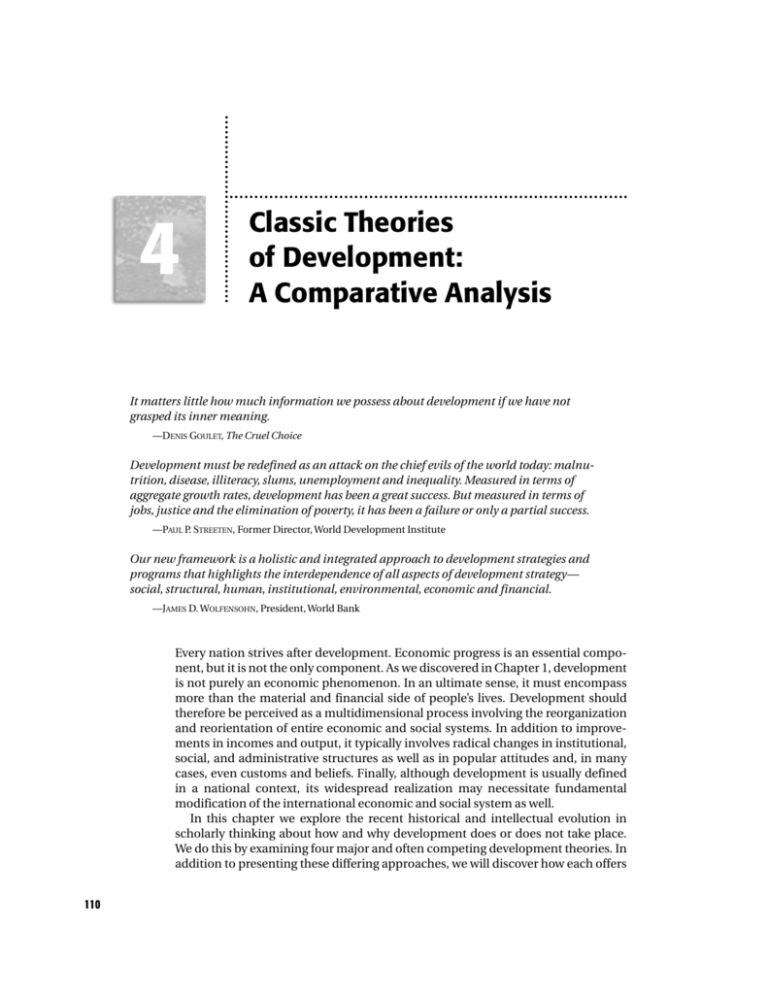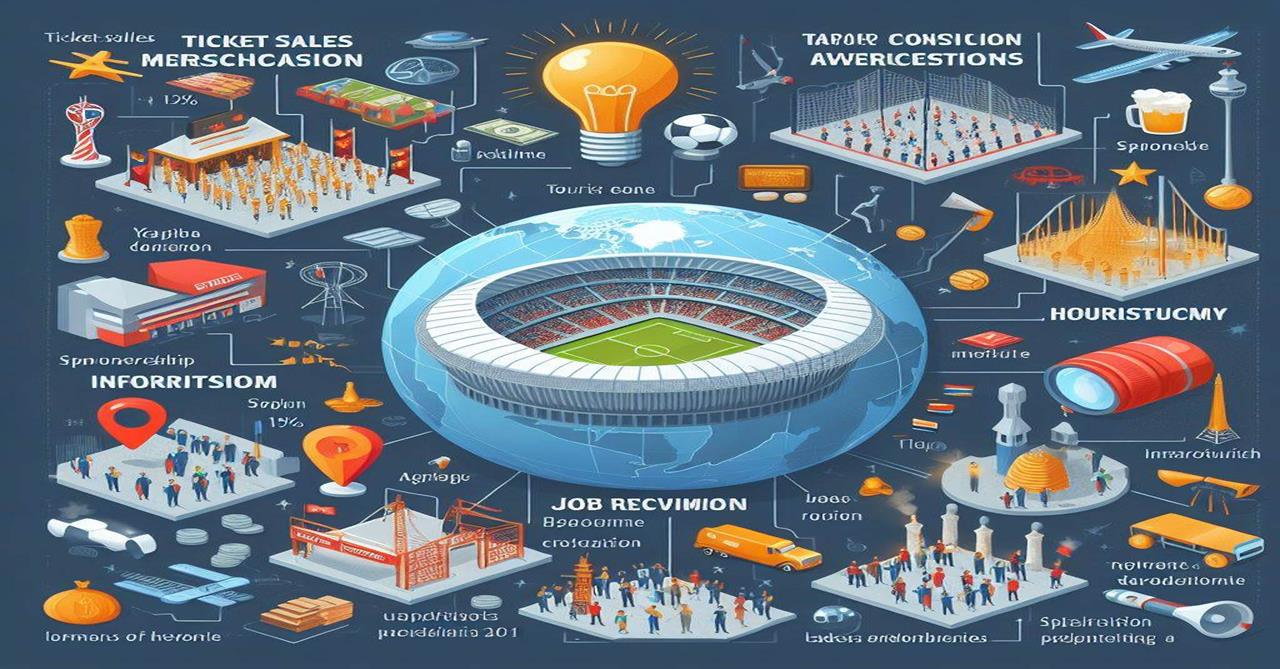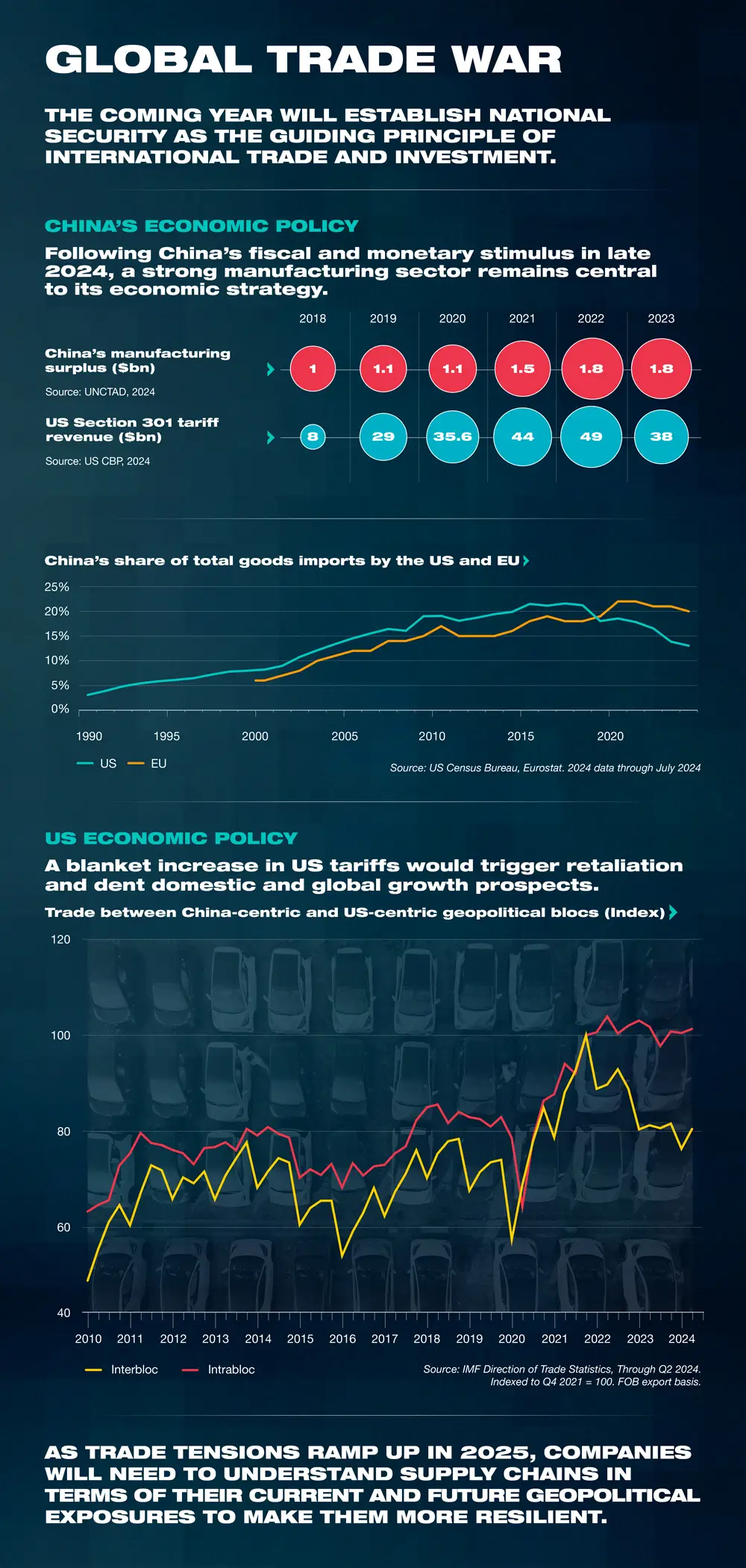
Unraveling Global Economic Development Theories: A Beginner’s Comparative Guide
Economic development is one of the most pressing and fascinating challenges facing humanity. Why do some countries prosper while others struggle? What policies truly lift people out of poverty and create sustainable well-being? To answer these complex questions, economists, sociologists, and policymakers have developed a variety of theories over the decades.
This comprehensive guide will break down the major global economic development theories, offering a comparative analysis in an easy-to-understand language. Whether you’re a student, a curious citizen, or someone interested in international affairs, understanding these frameworks is crucial for grasping the dynamics of our global economy.
What is Economic Development? More Than Just Growth!
Before diving into theories, let’s clarify what we mean by "economic development." It’s often confused with "economic growth," but they are distinct:
- Economic Growth: Refers to the quantitative increase in a country’s output of goods and services, typically measured by Gross Domestic Product (GDP). It’s about getting bigger.
- Economic Development: A broader, more qualitative concept. It encompasses improvements in the standard of living, human well-being, and the overall quality of life for a country’s population. This includes:
- Poverty reduction
- Improved health and education
- Reduced inequality
- Access to basic services (clean water, sanitation)
- Environmental sustainability
- Democratic participation and human rights
Think of it this way: economic growth is about baking a bigger pie. Economic development is about ensuring everyone gets a fair slice, and that the pie is healthy and sustainable for future generations.
Why Do We Need Theories?
Theories provide frameworks to:
- Explain: Why some countries are rich and others poor.
- Predict: What might happen if certain policies are implemented.
- Guide Policy: Offer blueprints for governments and international organizations to foster development.
Now, let’s explore the key theories!
1. Modernization Theory: The Ladder of Progress
Core Idea: Emerging in the post-WWII era, Modernization Theory suggests that all societies follow a similar path of development, moving from "traditional" to "modern" stages. Developing countries simply need to adopt the economic, political, and social characteristics of developed Western nations.
Key Proponents: Walt Rostow (stages of economic growth), Talcott Parsons (sociological modernization).
Pillars of the Theory:
- Stages of Growth (Rostow’s Model):
- Traditional Society: Agrarian, limited technology, static.
- Pre-conditions for Take-off: Emergence of modern science, national identity, new institutions.
- Take-off: Industrialization, rapid growth in a few sectors, investment rises.
- Drive to Maturity: Diversification, technological innovation, broader growth.
- Age of High Mass Consumption: High living standards, focus on consumer goods and services.
- Internal Barriers: Development is hindered by internal factors like traditional values, lack of capital, inefficient institutions, and low savings rates.
- External Assistance: Developed countries can help by providing aid, technology transfer, and encouraging market economies.
Strengths:
- Optimistic and provides a clear, actionable roadmap for change.
- Emphasizes the importance of capital investment and technological adoption.
- Highlights the need for institutional changes (e.g., property rights, stable governance).
Weaknesses/Critiques:
- Ethnocentric/Eurocentric: Assumes the Western model is universally applicable and superior, ignoring diverse cultural contexts.
- Ignores External Factors: Fails to account for historical factors like colonialism or the role of international economic systems in hindering development.
- "One-Size-Fits-All": Doesn’t consider unique national circumstances or the possibility of different development paths.
- Justifies Intervention: Can be seen as justifying external intervention in developing countries’ affairs.
2. Dependency Theory: The Exploitation Cycle
Core Idea: Emerging in Latin America in the 1960s as a critique of Modernization Theory, Dependency Theory argues that the underdevelopment of certain countries is not due to internal deficiencies but is a direct consequence of their historical and ongoing integration into the global capitalist system. Developing nations are "dependent" on developed nations, often in an exploitative relationship.
Key Proponents: Raúl Prebisch, André Gunder Frank, Fernando Henrique Cardoso.
Pillars of the Theory:
- Core-Periphery Structure: The world is divided into:
- Core Countries: Developed, industrialized nations (e.g., USA, Europe) that extract resources and labor.
- Periphery Countries: Developing nations (e.g., most of Africa, Latin America) that provide raw materials, cheap labor, and markets for core goods.
- Semi-Periphery: Countries that exhibit characteristics of both core and periphery, acting as intermediaries.
- Unequal Exchange: Trade between core and periphery is inherently unequal. Peripheral countries export low-value primary products and import high-value manufactured goods, leading to a net transfer of wealth to the core.
- Historical Legacy: Colonialism created and cemented these unequal relationships, which persist even after political independence.
- Underdevelopment as a Process: Underdevelopment is not an original state but is actively produced by the global capitalist system.
Strengths:
- Highlights the historical and structural inequalities of the global economy.
- Emphasizes the role of external factors (trade, finance, aid) in shaping development trajectories.
- Provides a powerful critique of the "free market" ideology when applied globally without considering power imbalances.
Weaknesses/Critiques:
- Overly Deterministic: Can imply that developing countries have little agency to change their situation.
- Less Policy-Prescriptive: While it explains why underdevelopment exists, it offers fewer clear solutions beyond radical systemic change or delinking from the global economy (which is often impractical).
- Internal Factors Ignored: Can downplay the role of internal factors like poor governance, corruption, or inefficient domestic policies.
- Some Success Stories: Doesn’t fully explain the rise of "Asian Tigers" (South Korea, Singapore, etc.) that integrated into the global economy yet achieved significant development.
3. World-Systems Theory: A Broader Historical View
Core Idea: An expansion and refinement of Dependency Theory, World-Systems Theory views the world as a single, interconnected capitalist system. It emphasizes the historical evolution of this system and how different regions have been incorporated into it, leading to a global division of labor.
Key Proponent: Immanuel Wallerstein.
Pillars of the Theory:
- Global System: Focuses on the world-system as the primary unit of analysis, rather than individual nation-states.
- Core, Periphery, Semi-Periphery: Similar to Dependency Theory, but these categories are seen as more dynamic, with countries potentially moving between them over time (though upward mobility is difficult).
- Long Historical Cycles: Analyzes the rise and fall of hegemonic powers (e.g., Dutch, British, US) and long waves of economic expansion and contraction.
- Interdependence: All parts of the system are interconnected, and the development of one region is intrinsically linked to the underdevelopment of another.
Strengths:
- Offers a comprehensive historical and global perspective on development.
- Allows for more nuance than strict Dependency Theory by acknowledging the semi-periphery and the possibility of some mobility.
- Highlights the power dynamics and historical processes that shape global inequalities.
Weaknesses/Critiques:
- Highly Abstract: Can be difficult to apply directly to specific policy interventions.
- Economic Determinism: Some critics argue it overemphasizes economic factors at the expense of culture, politics, or agency.
- Still Pessimistic: While allowing for mobility, it remains largely pessimistic about the prospects for widespread development within the existing world-system.
4. Neoclassical/Neoliberal Theories: The Free Market Solution
Core Idea: Rooted in classical economics, these theories gained prominence in the 1980s and advocate for free markets, minimal government intervention, and openness to international trade and investment as the primary drivers of economic growth and development. They believe that if markets are allowed to function efficiently, resources will be allocated optimally, leading to prosperity.
Key Proponents: Milton Friedman, Gary Becker, Robert Solow (for growth models), economists associated with the World Bank and IMF.
Pillars of the Theory:
- Market Efficiency: Unfettered markets are the most efficient allocators of resources.
- Reduced State Intervention: Governments should minimize their role in the economy, focusing on providing a stable macroeconomic environment, protecting property rights, and enforcing contracts.
- Openness to Trade and Investment: Free trade, foreign direct investment (FDI), and integration into global markets are crucial for competition, technology transfer, and access to capital.
- Sound Macroeconomic Policies: Low inflation, fiscal discipline, stable exchange rates.
- "Trickle-Down" Effect: Economic growth will eventually benefit all segments of society as wealth "trickles down" from the rich to the poor.
Key Concepts within Neoclassical:
- Solow Growth Model: Emphasizes capital accumulation (physical capital like factories, machines) and technological progress as drivers of growth.
- Endogenous Growth Theory (New Growth Theory): A later development that argues technological progress is not just an external factor but can be "endogenous" or created within the economy through investments in human capital (education), research and development (R&D), and innovation.
Strengths:
- Emphasizes the importance of stable economic environments and efficient resource allocation.
- Highlights the benefits of competition and innovation.
- Provides clear policy prescriptions (e.g., privatization, deregulation, trade liberalization).
- Has been associated with periods of significant economic growth in some countries.
Weaknesses/Critiques:
- Market Failures: Assumes perfect markets, ignoring common market failures (e.g., externalities, public goods, monopolies).
- Inequality: Can exacerbate income inequality as benefits disproportionately accrue to those with capital and skills.
- Ignores Institutions: Initially paid less attention to the role of strong, inclusive institutions (rule of law, democracy, social safety nets) beyond just property rights.
- "Washington Consensus" Failures: Policies prescribed by the IMF and World Bank (often based on these theories) have had mixed results, sometimes leading to social unrest or economic instability in developing countries.
- Context Matters: Does not sufficiently account for historical context, power imbalances, or the specific institutional challenges faced by developing nations.
5. New Institutional Economics: Rules of the Game
Core Idea: This theory emphasizes the critical role of institutions – the "rules of the game" – in shaping economic outcomes. Institutions include formal rules (laws, constitutions, property rights) and informal rules (customs, norms, traditions). Good institutions reduce uncertainty, lower transaction costs, and incentivize productive behavior, fostering economic development.
Key Proponents: Douglass North, Elinor Ostrom, Daron Acemoglu, James Robinson.
Pillars of the Theory:
- Formal and Informal Institutions: Both are crucial. Formal institutions are written laws; informal institutions are unwritten norms.
- Property Rights: Secure and enforced property rights are fundamental for investment and economic activity.
- Rule of Law: A predictable and fair legal system that applies equally to everyone.
- Reduced Transaction Costs: Good institutions make it cheaper and easier to conduct economic transactions (e.g., enforce contracts, resolve disputes).
- Inclusive Institutions: Institutions that allow broad participation in economic and political life, rather than being extractive (designed to benefit a small elite).
- Path Dependency: Historical choices and institutional legacies can lock countries into particular development paths, making change difficult.
Strengths:
- Explains why some countries with seemingly good policies still fail to develop (lack of good institutions).
- Highlights the importance of governance, political stability, and fighting corruption.
- Offers a more nuanced understanding of development than purely economic or political theories.
- Emphasizes the long-term nature of institutional change.
Weaknesses/Critiques:
- Difficulty in Implementation: Changing deeply entrenched institutions is incredibly challenging and time-consuming.
- Measurement: Quantifying "good institutions" can be difficult.
- Causality: It can be hard to determine whether good institutions cause development or if development facilitates the emergence of good institutions.
- External Factors: While focusing on internal rules, it can sometimes downplay the impact of external forces or global power structures.
6. Sustainable Development: Development for All, Forever
Core Idea: Gaining prominence since the 1980s (especially with the Brundtland Report, "Our Common Future"), Sustainable Development recognizes that economic growth cannot come at the expense of environmental degradation or social inequality. It calls for development that "meets the needs of the present without compromising the ability of future generations to meet their own needs."
Key Proponents: Brundtland Commission, United Nations (through its Sustainable Development Goals – SDGs).
Pillars of the Theory (The Three Pillars):
- Economic Sustainability: Promoting economic growth that is efficient and creates opportunities, but also equitable.
- Environmental Sustainability: Protecting natural resources, biodiversity, and ecosystems, and mitigating climate change.
- Social Sustainability: Ensuring social justice, equality, human rights, and well-being for all members of society.
- Intergenerational Equity: The idea that current generations should not deplete resources or damage the environment in a way that harms future generations.
- Integration: These three pillars are interdependent and must be pursued simultaneously.
Strengths:
- Provides a holistic and long-term vision for development.
- Addresses critical global challenges like climate change, resource depletion, and persistent inequality.
- Promotes a more equitable and inclusive form of progress.
- Underpins global efforts like the UN Sustainable Development Goals (SDGs), providing a universal framework.
Weaknesses/Critiques:
- Balancing Act: Achieving all three pillars simultaneously can be incredibly difficult, as trade-offs often exist (e.g., economic growth vs. environmental protection).
- Implementation Challenges: Translating the broad concept into concrete, actionable policies can be complex.
- Greenwashing: The term can sometimes be used superficially without genuine commitment to its principles.
- Defining "Needs": What constitutes "needs" can be subjective and vary across cultures.
Comparative Analysis: Key Differences at a Glance
Let’s summarize the core differences between these theories:
| Feature | Modernization Theory | Dependency Theory | World-Systems Theory | Neoclassical/Neoliberal Theories | New Institutional Economics | Sustainable Development |
|---|---|---|---|---|---|---|
| Main Focus | Internal barriers, stages of progress | External exploitation, global power dynamics | Global capitalist system, historical evolution | Market efficiency, economic growth | Rules of the game, governance | Balancing economic, social, environmental |
| Cause of Underdevelopment | Internal deficiencies (tradition, lack of capital) | External exploitation by core countries | Unequal integration into world-system | Market distortions, state intervention | Weak or extractive institutions | Unbalanced development, resource depletion |
| Role of State | Facilitator of modernization, provide infrastructure | Tool of core exploitation, or agent of delinking | Embedded in global power structures | Minimal, provide stable environment | Crucial for creating good institutions | Active role in regulating for sustainability |
| Key Solution | Aid, technology transfer, adopting Western models | Delinking, revolution, South-South cooperation | Systemic change, challenging global hierarchy | Free markets, trade, less regulation | Institutional reform, good governance | Integrated policies, global cooperation |
| View of Global System | Beneficial (aid, trade) | Exploitative, perpetuates inequality | Hierarchical, dynamic, but unequal | Efficient, beneficial for all | Context for institutional development | Requires global cooperation for shared future |
| Optimistic/Pessimistic | Generally optimistic | Generally pessimistic | Mixed, but often critical | Optimistic about market solutions | Cautiously optimistic (change is hard) | Hopeful, but urgent action needed |
The Path Forward: Towards a Holistic Approach
No single theory provides all the answers to the complex challenge of global economic development. Each offers valuable insights and highlights different facets of the problem.
- Modernization Theory reminds us of the importance of capital investment and technological adoption.
- Dependency and World-Systems Theories highlight the enduring legacies of colonialism and the structural inequalities within the global economy.
- Neoclassical/Neoliberal Theories underscore the importance of market efficiency and macroeconomic stability.
- New Institutional Economics stresses that "rules matter" and good governance is paramount.
- Sustainable Development compels us to consider the long-term impact on our planet and future generations.
In reality, successful development strategies often draw upon elements from multiple theories. Countries that have achieved significant progress typically:
- Invest in human capital: Education, health, and skills (Neoclassical, Endogenous Growth, Sustainable).
- Build strong, inclusive institutions: Rule of law, property rights, accountable governance (New Institutional Economics).
- Engage strategically with the global economy: Leveraging trade and investment while protecting domestic interests (lessons from Dependency/World-Systems, but applied pragmatically).
- Prioritize environmental protection: Recognizing that economic growth cannot come at the cost of the planet (Sustainable Development).
- Adapt policies to their unique context: There’s no one-size-fits-all solution.
Understanding these diverse theories is the first step towards crafting more effective, equitable, and sustainable strategies for global economic development in the 21st century.
Frequently Asked Questions (FAQs)
Q1: Which economic development theory is the "best"?
A: There isn’t one "best" theory. Each offers a different lens through which to view development. The most effective approach often involves integrating insights from multiple theories, tailored to a country’s specific historical, political, and economic context.
Q2: Are these theories still relevant today?
A: Absolutely! While some theories might seem dated, their core ideas continue to influence policy debates, research, and international development efforts. For example, Modernization’s emphasis on capital is still seen, while Dependency’s critique of global inequality remains potent. Sustainable Development is more relevant than ever.
Q3: How do these theories impact real-world policy?
A: Different theories lead to different policy prescriptions. For instance, a country influenced by Neoclassical theory might prioritize free trade agreements and privatization, while one influenced by Dependency theory might focus on import substitution or regional trade blocs. International organizations like the World Bank and IMF have historically leaned towards Neoclassical approaches, though they are increasingly incorporating elements of institutional and sustainable development.
Q4: What is the role of culture in economic development?
A: While not a standalone theory discussed here, most theories implicitly or explicitly acknowledge culture. Modernization theory sometimes viewed traditional cultures as barriers. Institutional economics recognizes informal cultural norms as key institutions. Many modern approaches emphasize the importance of culturally appropriate policies and local knowledge.
Q5: What are the Sustainable Development Goals (SDGs)?
A: The SDGs are a collection of 17 global goals set by the United Nations in 2015. They are a universal call to action to end poverty, protect the planet, and ensure that all people enjoy peace and prosperity by 2030. They directly embody the principles of sustainable development, covering economic, social, and environmental dimensions.




Post Comment